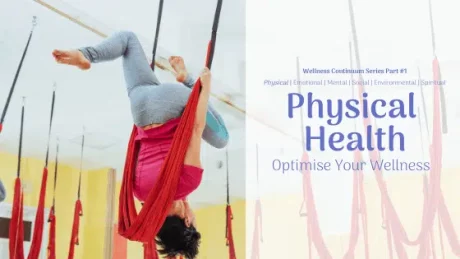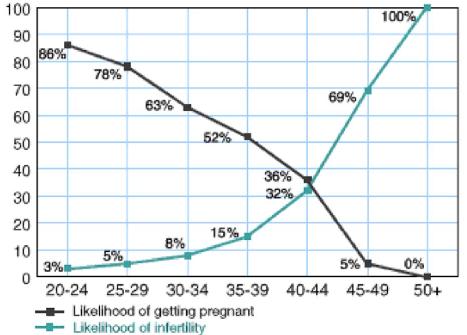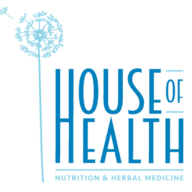
Do you need a “Health WOF? Make an appointment for a ‘tune-up’ with Verity, Sandy or Sharon.
When you think of “wellness” in terms of “illness” do you assume that the absence of illness indicates wellness?
The Illness-Wellness Continuum was created by physician Dr. John Travis, and is a key concept in modern holistic healthcare.
It defines the many degrees of wellness, similar to the many degrees of illness. An individual can be anywhere on the scale, from the red “disease” zone, beyond the “neutral” point to increasingly higher levels of wellness.
There are six components of personal health which lead to a high level of wellness: physical, emotional, mental, social, environmental and spiritual health. The component we are discussing in this blog is physical health. A high-level of wellness involves taking good care of your physical self, using your mind constructively, expressing your emotions effectively, being creatively involved with those around you, and being concerned about your physical, psychological and spiritual environments.
Through learning about these six different areas which lead to optimal health, we can both learn, and strive to be at an optimal state of functioning,
The idea of the wellness continuum is to see it as a journey or process. That means that throughout your life you may be at different parts of the continuum, but it doesn’t mean that you will stay in the same spot forever! These states of the continuum are not fixed and even the slightest change can bring about a difference to your overall health.

The first degree of wellness on the scale is Physical Health.
Most of us define wellness by our physical sense of wellness – exercising, taking care of our bodies through good nutrition and getting enough rest and sleep. And it’s true, physical health is an important building block to (quite literally) get us places in life!
Plus, positive physical health habits can help decrease your stress, lower your risk of disease, and increase your energy.
Are you getting enough exercise for your age group?
There are so many benefits to exercise – weight management, immune function and better heart health are just three. Adults need at least 2 1/2 hours of moderate or 1 1/4 hours of vigorous physical activity spread throughout the week.
Older adults need 30 minutes of moderate physical activity on 5 days or more per week.
Children and teenagers (5 – 17 years) need at least 1 hour of moderate or vigorous physical activity spread over each day. Also a variety of light physical activities for several hours a day.
And remember: don’t spend too much time sitting. No more than 2 hours a day on recreational screen time.
Children under 5 should be encouraged to move and play – lots! Every day!

Getting a poor night’s sleep?
During sleep, your body is given the opportunity to rest and restore its natural energy levels. Not being able to sleep (insomnia) is not only very frustrating but can seriously affect your day-time performance, reduce your quality of life and increase your chances of ill-health.
Sleep problems can include: difficulty falling asleep, difficulty staying asleep or waking too early in the morning. Even over-active or intense dreams can affect the quality of your sleep. Some simple steps to improve your sleep include avoiding napping during the day, halting caffeine intake by 3 pm and keeping your bedroom dark and cool at night. Some nutrient imbalances can contribute to sleeping problems too. For more information read our blog on sleep disorders.
Digestive disorders making it difficult to eat a balanced diet?
Eating a proper nutritious diet is an important part of your physical health as it helps with heart health, bone and teeth strength, brain health, weight control and boosts your energy levels.
If you are experiencing digestive problems such as bloating, constipation, pain or you suffer from a chronic illness which gives you eating anxiety, it can be hard to keep to a nutritious diet and one that suits your body. Contact one of our health consultants to help get to the root of your digestive problems.
The idea of the wellness continuum is to see it as a journey or process. That means that throughout your life you may be at different parts of the continuum, but it doesn’t mean that you will stay there forever! These states of the continuum are not fixed and even the slightest change can bring about a difference to your overall health. Our next blog in our series on the Six Components of the Wellness Continuum will be on emotional health. Stay tuned.











